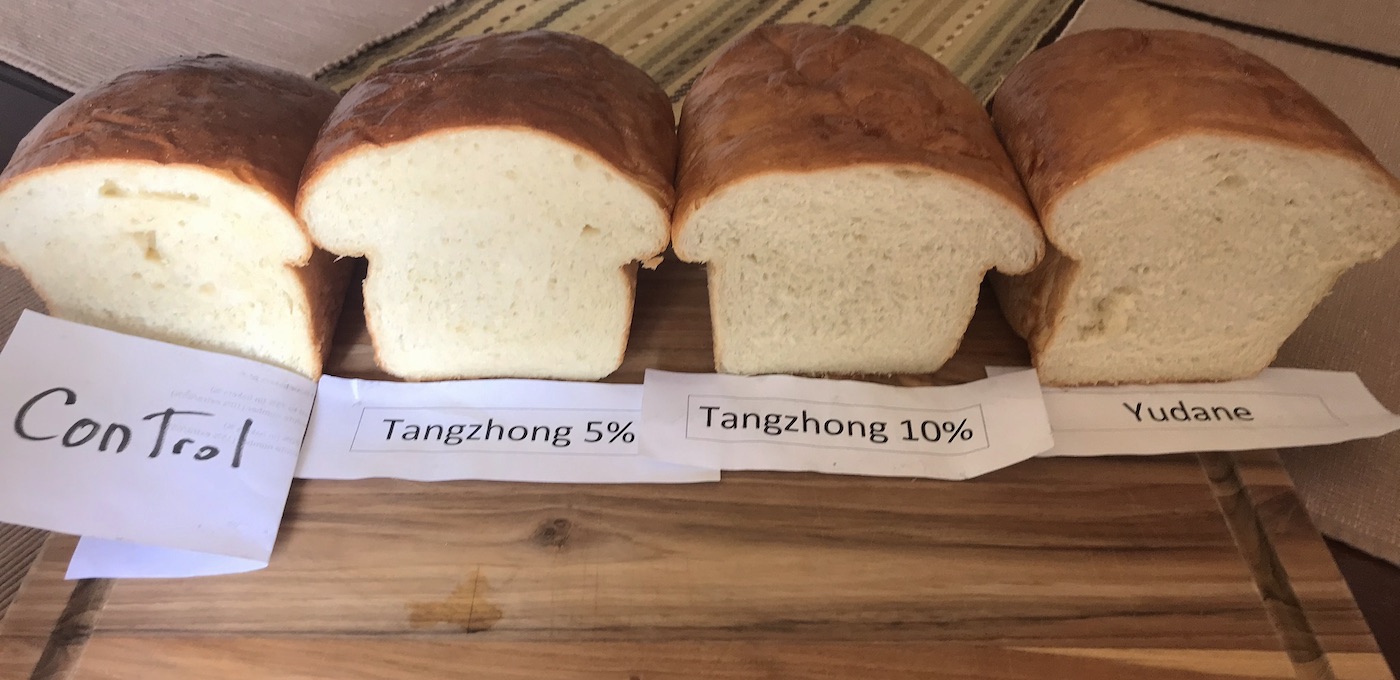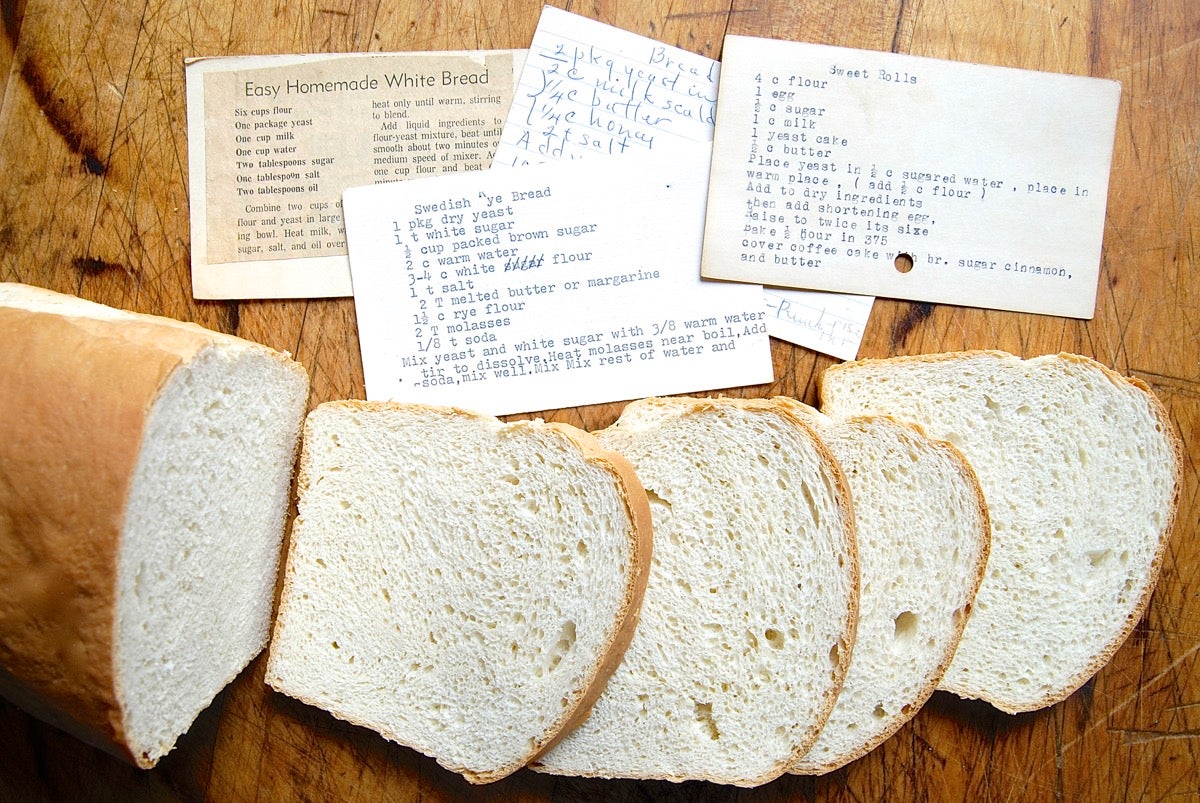
It also aids in the baking process. Choose the Basic or White Bread setting on your bread machine and press start.

Disperses the yeast amongst the entire dough.
What is the function of water in bread making. Water is perhaps the most overlooked ingredient in the bread making process. By hydrating the starch and proteins and dissolving the yeast and salt granules water is a key factor in the basic formation of dough. Furthermore water creates a humid environment appropriate to the development of enzymatic activity and bread fermentation.
Water used in bread making must. Water is necessary for yeast fermentation and reproduction. Softer doughs will ferment more quickly than dry doughs.
Water is responsible for the consistency of bread dough. The temperature of water can be varied in order to obtain dough of the correct temperature. Water is the most commonly used liquid in bread making because it dissolves and activates the yeast and it blends with the flour to create a sticky and elastic dough.
Breads made with water are heavier and have a crisp crust and a chewy texture. Milk helps to enrich the dough and the flavor of the bread. It produces a loaf with a creamy-colored tender crumb and a golden crust.
There are three main reasons why water temperature is important in dough making. Firstly the yeast in your dough work better to produce gas and rise your dough in a warmer environment. Yeast are living organisms and like to be treated just like we do given food water and warmth they start to work well.
But this stops at 37C around 100F. Water is the most commonly used liquid in bread making. It moistens the flour and helps in forming the dough.
It also aids in the baking process. Water performs the following three main functions in the bread dough. Helps hydrate and moisten the insoluble proteins.
Disperses the yeast amongst the entire dough. I like the sour flavor that the long rise gives the bread and cool water keeps my rising time nice and slow. However for breads with shorter rising times dont hesitate to use room temperature or.
Water present in a dough system and the rate of fermentation. The total amount of water in dough is referred to as absorption. As the absorption increases so does the fermentation rate.
Water is also used to control dough temperature and can be used in the form of ice. A typical absorption for white pan bread is 57-62. Milk in Bread Baking.
In the dough stage milk increases water absorption. Consequently dough made with milk should come softer from the mixer than dough made with water. Other aspects of milk in yeast doughs include.
Dough may be mixed more intensively. Milk yields dough with a higher pH compared to water dough and the fermentation will be. Salts Function in Bread.
Salts main function is to bring out the flavor of the baked product. Salt tends to bring out the good flavors and mask the off-flavors. Salt will actually dry up the yeast cells much like the sun will dry up a grape and turn it into a raisin.
When you are adding your salt to your. Place the water into the bread tin. Sprinkle the sugar and the yeast over the water.
Leave the mixture for 10 minutes. Add in the melted butter oil flour and salt. Choose the Basic or White Bread setting on your bread machine and press start.
Bake for 3 - 4 hours. How To Make Gluten Free Bread. Milk in bread baking.
In the dough stage milk increases water absorption. Consequently dough made with milk should come softer from the mixer than dough made with water. Other aspects of milk in yeast doughs include.
Dough may be mixed more intensively. Milk yields dough with a higher pH compared to water dough and the fermentation will. There are two key proteins contained within flour glutenin and gliadin and these react with water to form a gluten network of fine strands that create the structure of bread and allow the air bubbles formed by the production of carbon dioxide during the fermentation of the yeast to be held within the breads structure during a second prove and baking.
Bread flour has far more protein and gluten than other types of flour. The gluten makes the dough elastic. It can rise much further than cake flour.
The stronger bonds also allow it to expand and retain its shape. Gluten consists of two main proteins. The glutenin gives it the elasticity.
Combining water flour and yeast converts the mixture into a simple sugar that exudes liquid releasing carbon dioxide and alcohol into bubbles inside of the dough. Yeast a type of sac fungi and reproduces asexually forms a swelling on the surface of the bread. A piece of cell nucleus enters the swelling and forms a wall creating a new cell.